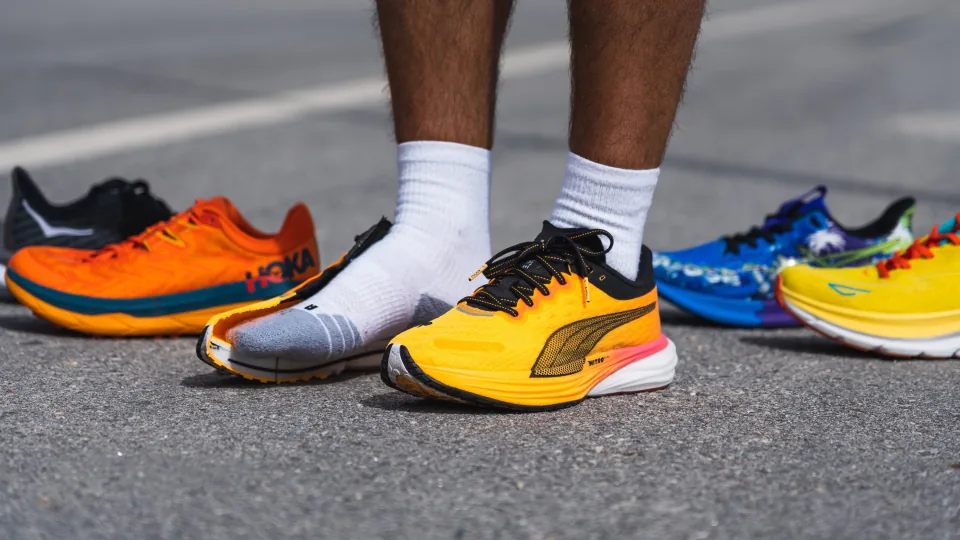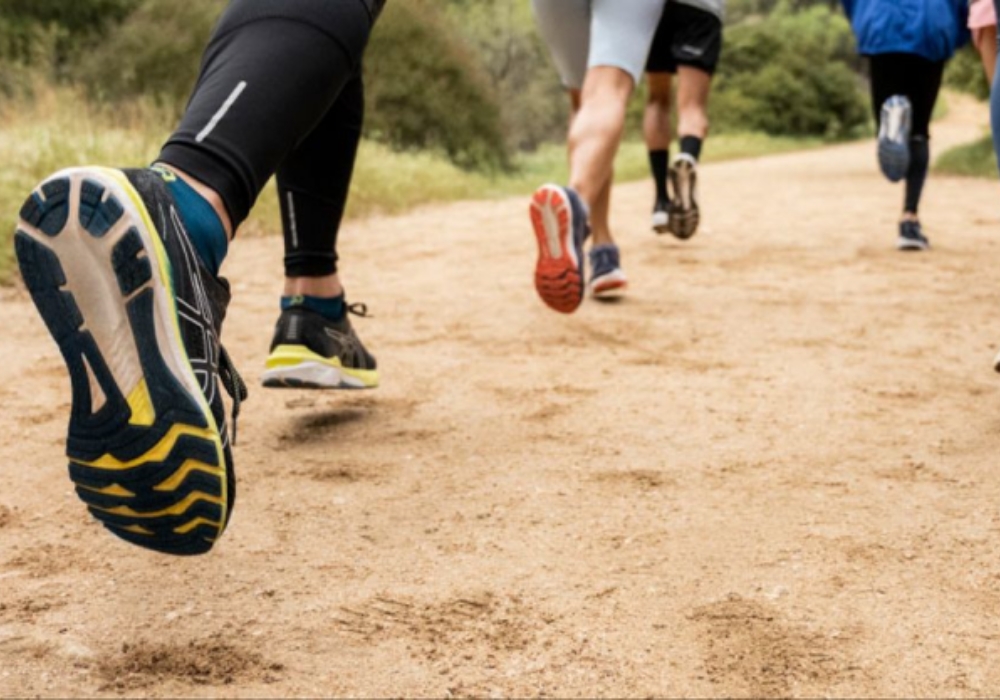Running shoes have come a long way from their humble origins. Today, they are precision-engineered marvels, designed to optimize performance and reduce the risk of injury. But what exactly goes into making a running shoe perform? Let’s dive into the science behind these essential pieces of athletic gear.
1. Cushioning: Cushioning is one of the most critical aspects of a running shoe. It’s the element that absorbs impact forces when your foot strikes the ground, protecting your joints from the shock. Traditional cushioning materials include EVA (ethylene-vinyl acetate) foam, which is lightweight and provides excellent cushioning. More recent innovations include air cushioning and gel inserts, which offer additional shock absorption.
2. Midsole: The midsole is the layer between the outsole (the part that touches the ground) and the upper (the part that wraps around your foot). It plays a crucial role in the shoe’s performance. Different midsole materials and designs affect factors like cushioning, stability, and responsiveness. For example, a thicker midsole may provide more cushioning, while a thinner one can offer better ground feel and responsiveness.
3. Outsole: The outsole is the part of the shoe that makes contact with the ground. It needs to strike a balance between durability, traction, and weight. The design and pattern of the outsole’s treads can significantly impact a shoe’s grip on different surfaces, whether it’s a road, trail, or track. Durable rubber compounds are commonly used to make outsoles that can withstand the wear and tear of running.

4. Upper: The upper is the part of the shoe that wraps around your foot. It should provide a snug and comfortable fit while allowing for breathability. Advances in materials technology have led to the development of lightweight, breathable, and moisture-wicking uppers that help keep your feet dry and comfortable during a run.
5. Heel-to-Toe Drop: The heel-to-toe drop, often referred to as the “drop,” is the difference in height between the heel and forefoot of the shoe. Different drops can affect your running form and the distribution of forces on your body. Lower drops are associated with a more natural, midfoot or forefoot strike, while higher drops may encourage a heel strike. Choosing the right drop depends on your running style and preferences.
6. Arch Support: Running shoes often come with various levels of arch support. Understanding your arch type (neutral, high, or low) can help you select the right shoe with appropriate arch support. This is crucial for preventing overpronation (excessive inward rolling of the foot) or underpronation (insufficient inward rolling), both of which can lead to injuries.
7. Weight: The weight of a running shoe can significantly impact your running performance. Lighter shoes are often preferred for racing or speed training, as they require less effort to lift with each stride. However, heavier shoes may provide more cushioning and stability. The ideal weight depends on your running goals and personal preferences.
8. Biomechanics: The science of biomechanics studies how the body moves during physical activities like running. Running shoe designers take biomechanical principles into account when creating shoes. They consider factors like pronation (the natural rolling motion of the foot), impact forces, and joint angles to design shoes that provide the right support and stability for different types of runners.
9. Testing and Research: The development of running shoes involves extensive testing and research. Shoe companies use advanced technologies like 3D scanning, pressure mapping, and motion analysis to study how shoes interact with the human body during running. These insights help refine designs and improve performance.
10. Customization: Some companies now offer custom-made running shoes tailored to an individual’s specific needs. These shoes can be designed based on factors like foot shape, gait analysis, and running style, ensuring the perfect fit and performance for each runner.
The science behind running shoes is a fascinating blend of materials engineering, biomechanics, and innovation. Each element, from cushioning to outsole design, plays a crucial role in creating a shoe that not only enhances performance but also reduces the risk of injury. When choosing a running shoe, it’s essential to consider your running style, body mechanics, and personal preferences to find the perfect match for your needs.





